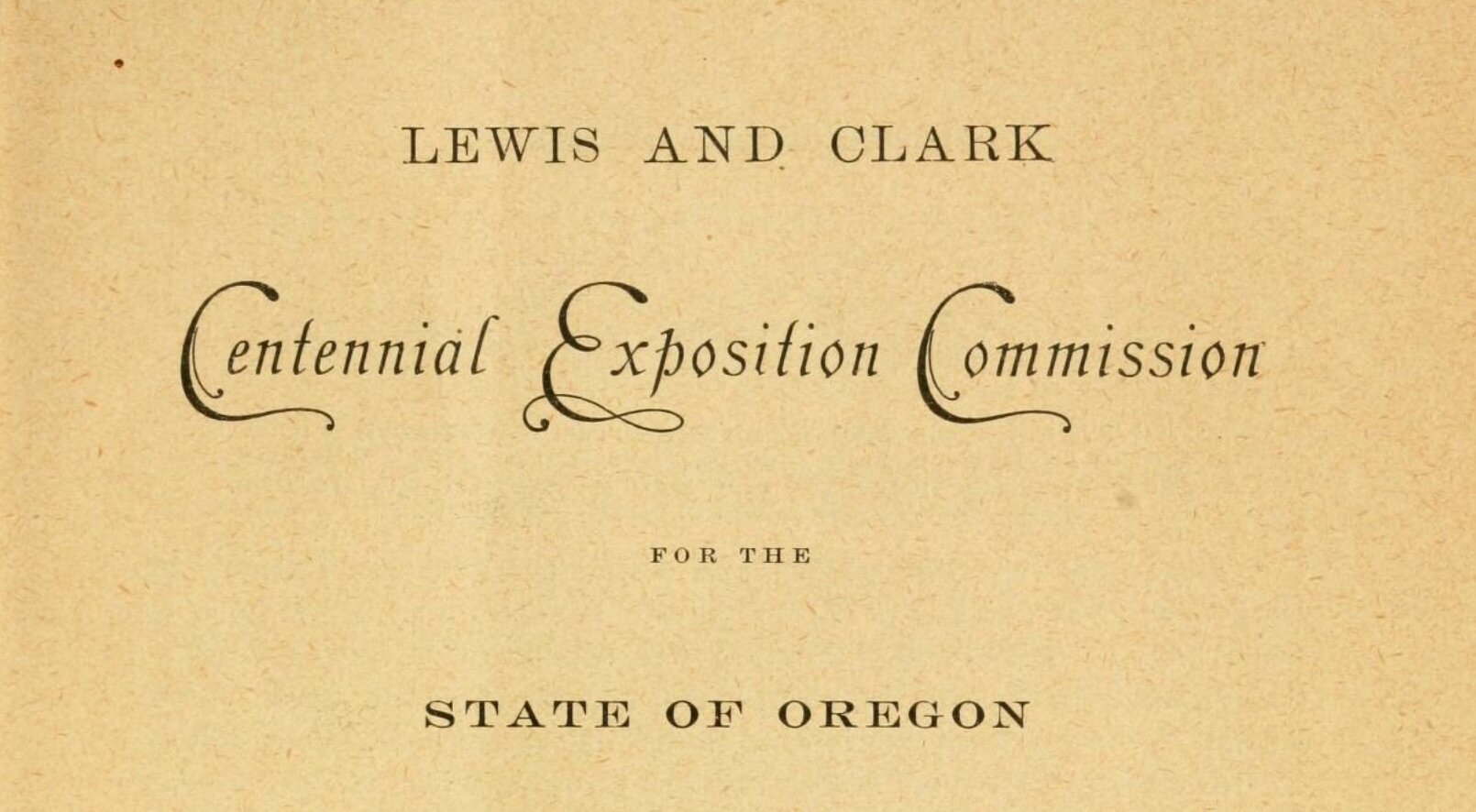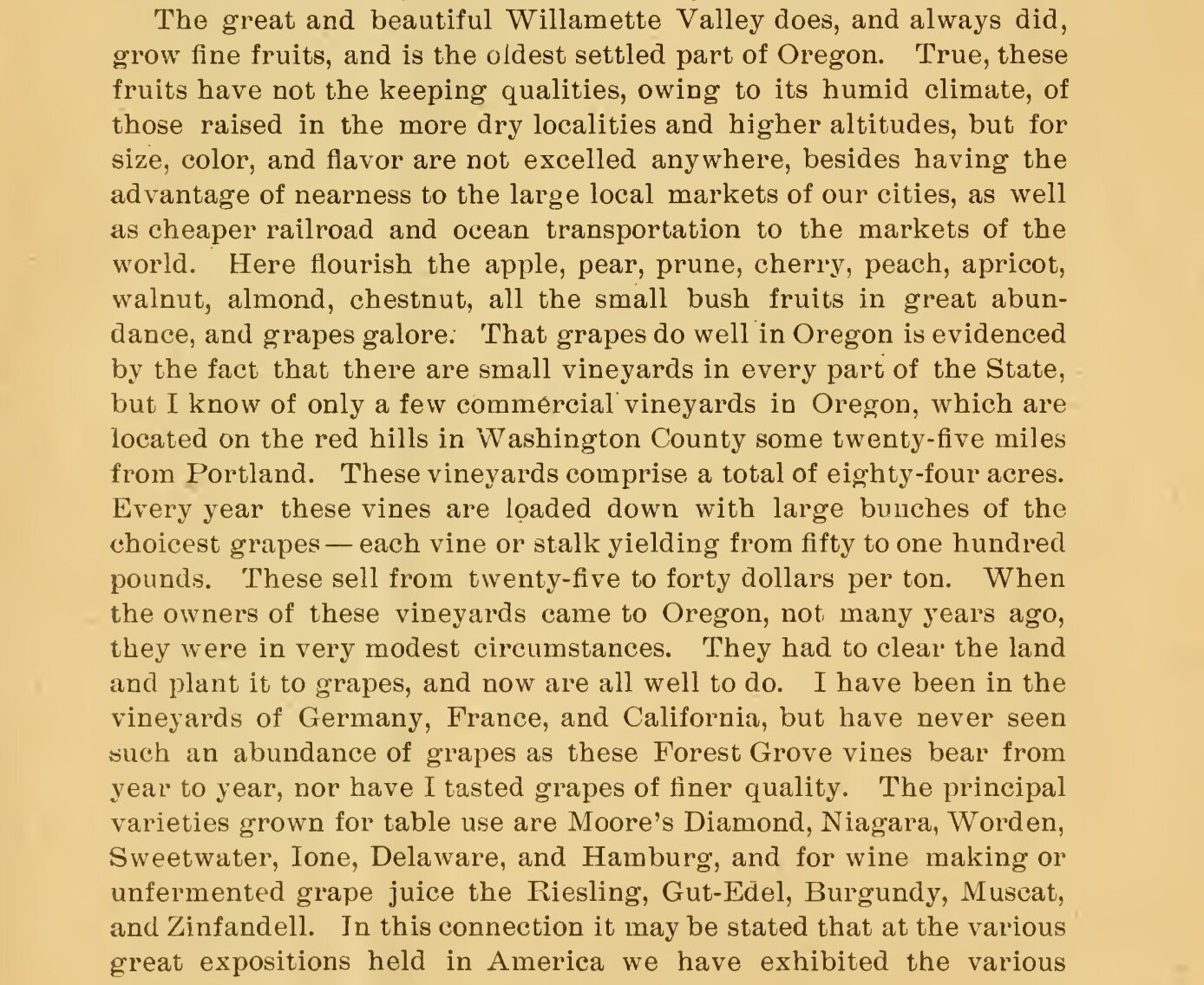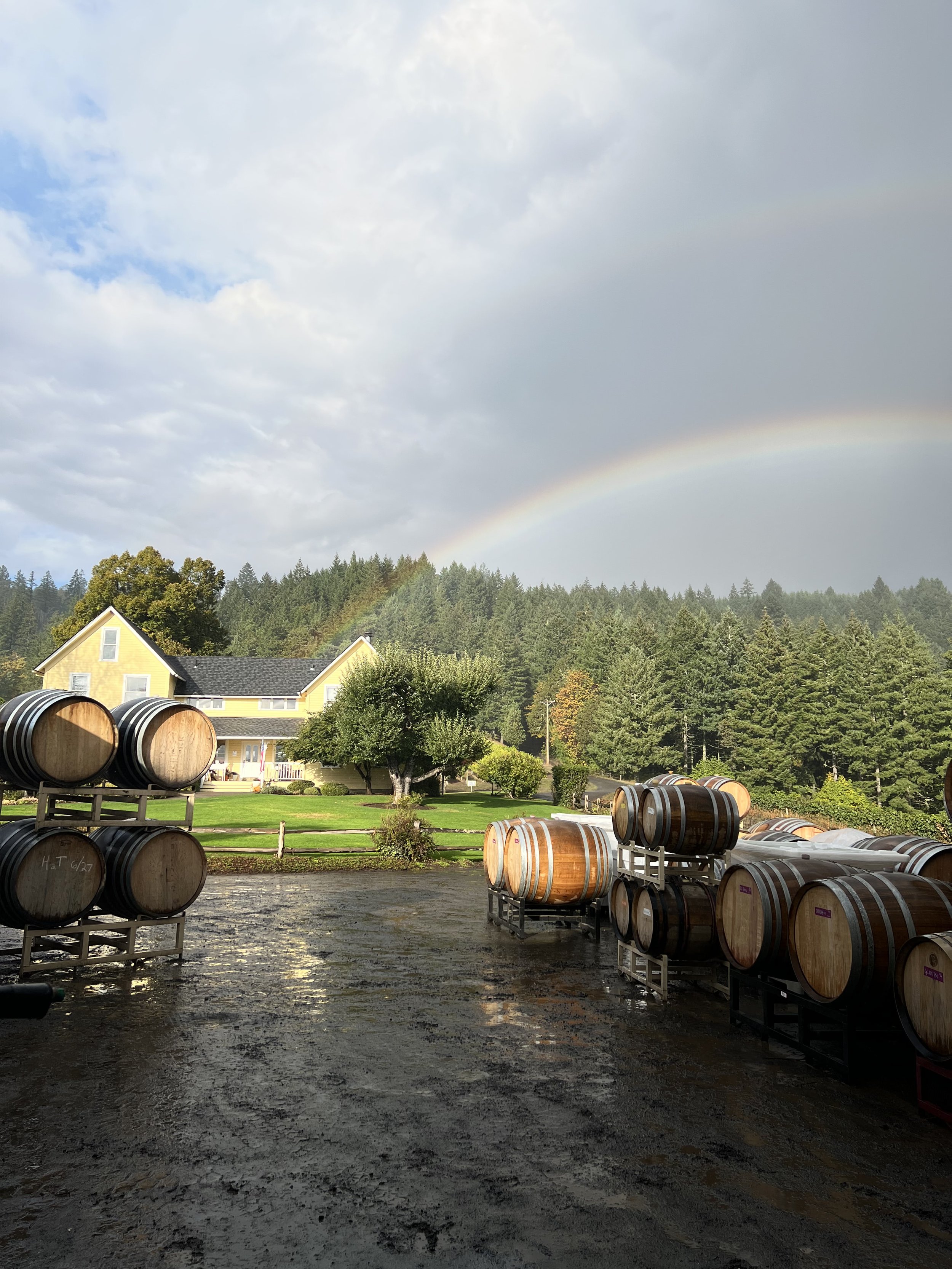
Top 100 Best Wine 2023
Top 100 Best Buy 2023
2019 & 2021 Chardonnay
The History they don’t tell you.
The Willamette Valley has a long, yet fractured wine history. In the hills above Forest Grove, vineyards flourished between 1870 - 1915. Known as “Wine Hill” prior to Prohibition, this hill was home to the David, Rueter, Wirtz, and Koppel family vineyards. The wines were made from Black Hamburg, Zinfandel, Chasselas, Burgundy and Muscat grapes, just to name a few. Some even gained national accolades. The State of Oregon enacted Prohibition as of January 1st, 1916. Unfortunately, this burgeoning wine culture that vanished for 50 years, only to be resurrected in the Willamette Valley when Charles Coury and David Lett arrived on the scene in 1965.




Chardonnay
Pinot Noir

Ernest Rueter
Rueter Vineyard
Head trained vines in front of original Rueter homestead. His father, Adolf Rueter standing on porch in background.
"I find Sweetwater, Zinfandel, Burgundy, Black Hamburg, Muscatel, Red Mountain, Chasselas Fountainbleu, Delaware, and Muscat excellent for our purposes."
—Ernest A. Rueter, “The Grape in Oregon”, 1901
“Contrary to general expectation, Oregon, the land of rain, is capable of producing some of the choicest vines.”
— Ernest A. Rueter, “The European Grape in Oregon”, 1905
The Original Pioneers
Wine grapes were brought to Oregon by settlers coming across the Oregon Trail around 1848. Henderson Luelling is credited with bringing the first vine cuttings (Isabella) and an incredible selection of fruit and nut tree cuttings into the Oregon Territory. His nursery in Milwaukee, Oregon was instrumental in establishing the early Oregon wine and fruit tree scene. Forest Grove in the northern reaches of the Willamette Valley, was home to many of these first generation vineyards and wineries prior to 1916.


Want to learn more about the past and taste the future?
Sign up to our newsletter to receive updates on our new releases, events, and press releases.





